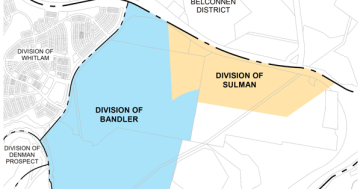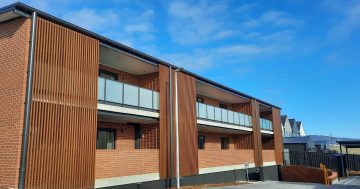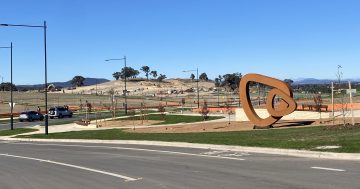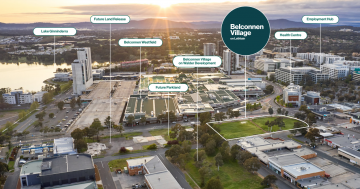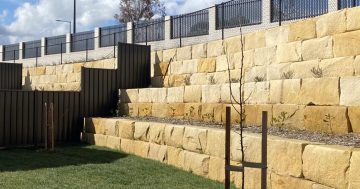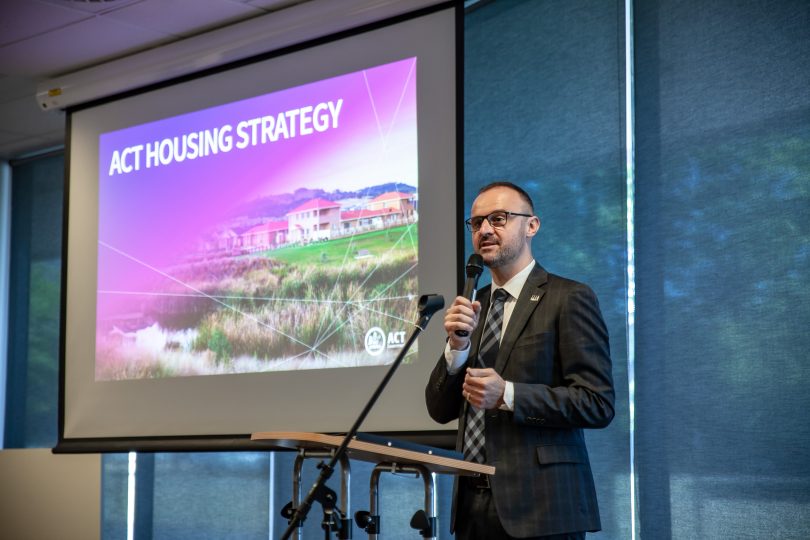
Chief Minister Andrew Barr launched the ACT Government’s Housing Strategy last year. Photo: George Tsotsos.
Only 50 public or community homes are slated for the inner city in new housing targets for 2019-2020 published by the ACT Government last week, and 40 of them relate to the Common Ground project in Dickson.
The City Renewal Authority and Suburban Land Agency targets detail by suburb the number of affordable, public and community housing sites included in the Indicative Land Release program issued with the Budget in June.
For 2019-20, the government has set a target of releasing 628 dedicated public, community and affordable homes, made up of 80 new public housing properties, 60 new community housing properties and 488 individual properties for affordable home purchase to eligible low-income households.
The government has pledged $100 million in new investment to grow the public and community housing sector, as well as committing 15 per cent of dwelling sites to public, community and affordable housing. It says it will also provide seed funding for innovations in housing management, design and ownership.
Section 63 in the City Hill area will only have five public and five community housing sites in a release of 350, which also includes 60 affordable homes, boosting the proportion of social and affordable housing within the site to 20 per cent.
The ACT’s second Common Ground project, providing low-cost, supported housing, is proposed for Section 72 Block 25 in Dickson, after the success of the first venture in Gungahlin.
Nearly 1300 public housing sites have gone from the Inner North, South and the city as part of the government’s urban renewal program, with many residents dispersed to new sites in the outer suburbs.
In Belconnen, of 550 dwellings on Block 17 Section 152, only 15 will be public (10) and community homes (5), with 87 classed as affordable – a total proportion of 18.5 per cent.
The same proportion is set for Phillip’s Block 2 Section 180, where 480 dwellings are planned. Ten are public housing, five are community homes and 74 have been classified as affordable.
The targets for dwellings in new suburbs include releases in Gungahlin, Taylor, Strathnairn and the Molonglo Valley.
Of 800 dwellings slated for Taylor, only five will be public and five will be community homes. In Strathnairn in West Belconnen, there will be 10 of each in a release of 300, while in Whitlam in Molonglo, out of 600 houses there will be 20 public and 10 community homes.
Coombs in Molonglo won’t have any public or community homes in the new releases, but will have the highest proportion of affordable homes with 96 out of a total release of 326.
Affordable homes number 80 in Gungahlin out of a total of 474, with six in Taylor, 60 in Whitlam and 25 in Strathnairn.












